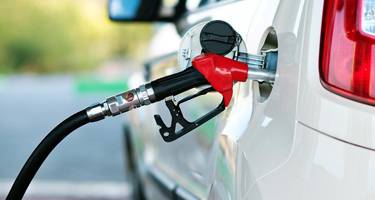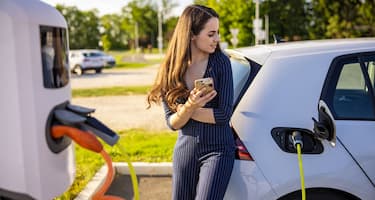Hybrid vehicles give drivers the best of both worlds with the eco-friendly, fuel-efficient electric motor paired with the familiar and reliable petrol or diesel engine.
These low-emission vehicles have gained popularity in Australia with hybrid car sales accounting for almost 10% of all new cars bought in 2022. [1]
Toyota currently dominates the national market for hybrid vehicles with a recent report from the Federal Chamber of Automotive Industries finding the top seven hybrid models sold in 2022 were all Toyota models.
Meanwhile, for plug-in hybrid cars, MG was the top dealer in 2022, selling more than 1,550 plug-in hybrids despite being a newer name in the Australian motoring market. [1]
But there’s still a wide range of models and brands out there for those looking to shop around.
So, if you’re thinking about moving into the world of hybrid vehicles, here’s what you should know.
What is a hybrid car?
Hybrid vehicles use a combination of one or two electric motors and an internal combustion engine to run.
This means upfront costs can generally be cheaper than fully electric vehicles and the ongoing costs can be less than cars with a petrol engine.
There are two types of hybrid cars including hybrid electric vehicles (HEV) and plug-in hybrid electric vehicles (PHEV).
Both of these can use fuel from conventional service stations. However, only a plug-in needs to charge the electric motor via a power outlet while hybrid vehicles are self-charging through actions like regenerative braking.
How do hybrid cars work?
The hybrid system uses an electric engine to run the car and relies on the internal combustion engine as a safety net.
A hybrid electric vehicle and a plug-in hybrid electric vehicle can both be considered low-emission vehicles, but they operate slightly differently.
How Hybrid Electric Vehicles Work
A hybrid electric car combines an electric motor with a petrol engine. Unlike other low or zero-emissions cars, it doesn’t need to be plugged into an outlet.
The battery power is recharged by using the electricity generated by driving the car through regenerative braking or kinetic energy when the car stops accelerating.
The two motors can work together or interchangeably. Generally, the car runs on the electric motor at lower speeds around town before switching to the petrol engine for more efficiency and power at higher speeds. [2]
How Plug-in Hybrid Electric Vehicles Work
The plug-in hybrid car also uses a petrol or diesel engine as well as a larger battery-operated electric motor. Unlike an HEV, plug-in hybrid batteries can be plugged into a power outlet or charging station.
They run solely on the electric motor when driving and only switch to the petrol engine when the battery runs out.
This means they can travel further on battery charge than an HEV which results in fewer emissions and more fuel efficiency.
But having a larger battery than conventional hybrids also means a more costly purchase price. [2]
Benefits of Hybrid Cars
Investing in a hybrid car has plenty of important benefits. They not only help reduce carbon emissions but can also help you save money in the long run.
Cost Benefits
There can be a price disparity when looking at hybrid or plug-in hybrids in Australia versus conventional petrol or diesel cars.
But prices have recently become more competitive as more models hit the market. For instance, the Toyota Corolla 2 L petrol engine hatchback is estimated to cost $32,195 including on-road costs if bought in Brisbane, while the same 1.8 L Toyota Corolla hybrid price is $34,458. [3]
Due to the larger and more expensive battery needed for the electric motor in plug-in hybrid cars, the cost is more than a conventional hybrid.
However, both hybrid options can still be cheaper green alternatives to a fully electric vehicle. [4]
Fuel Efficiency
Fuel economy and battery charging costs are still big expenses to be considered when owning a hybrid vehicle.
But with the help of the electric motor, both types of hybrid cars end up more fuel efficient than conventional alternatives.
For example, the Toyota Camry petrol car uses 6.8 L per 100 km while the Toyota Camry Hybrid option uses 4.7 L for the same distance, which results in more fuel savings. [5]
Environmental Impact
By using an electric motor combo with a petrol engine, hybrids emit exhaust emissions at a lower rate than conventional cars.
Vehicles that use less fuel generally emit less carbon dioxide into the air. With light vehicles accounting for 11% of Australia’s greenhouse gas emissions, better fuel economy in hybrid options helps to reduce the overall impact. [6]
What does it cost to insure a hybrid car?
Most car insurance providers will offer insurance for hybrids, including comprehensive car insurance and third party.
And although insurance premiums can often cost more for fully electric cars, the same might not be the case for hybrid cars. [4]
Policies can vary depending on the provider, the model of the car, the size of the electric motor and more. So before you choose the right policy, make sure you read all the relevant documents including the product disclosure statement.
Best Hybrid Cars in Australia
More and more hybrid options are hitting Australian roads each year. But with so many car dealers trying to break into the green vehicle market, which cars are the standouts?
Just like conventional cars, there are so many variables involved in choosing a hybrid option, and what suits you might be different to what suits your neighbour.
So when you're shopping around, make sure you consider your lifestyle, driving habits, surrounding environment and budget before diving into the hybrid market.
Here are some of the best hybrid cars in Australia at the moment.
Toyota RAV4 Hybrid
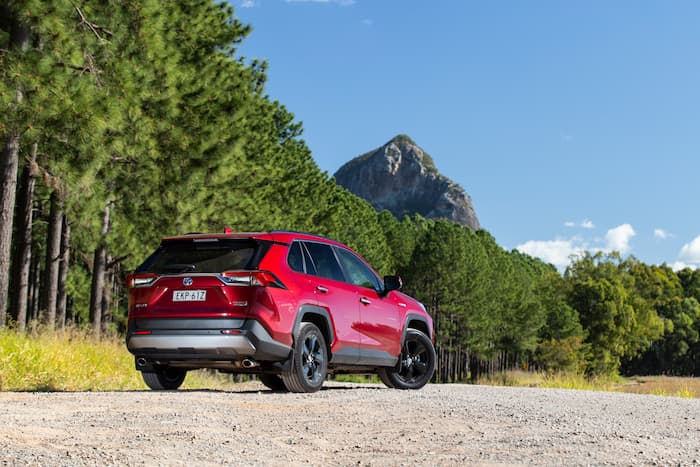
In 2022, the Toyota RAV4 Hybrid was the most popular new hybrid car in Australia with more than 26,000 bought in 2022. [1]
With decent fuel efficiency and a comfortable interior, it’s easy to understand why the mid-size hybrid SUV is so popular.
The fuel economy holds up in all conditions, there are high safety levels, and it offers great ride quality overall.
Mass popularity means the waiting list could blow out to 18 months or more for this car, but experts say the RAV4 Hybrid is usually worth the wait. [7]
Read a full review of the 2023 Toyota RAV4 Hybrid from our friends at Chasing Cars.
Toyota Corolla Hybrid
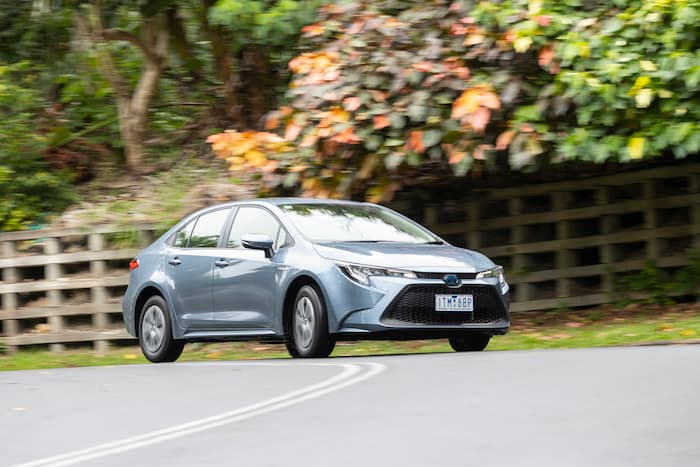
The Toyota Corolla has built its reputation as one of the most reliable cars in the market, and the hybrid offshoot holds the same reputation.
The decent electric motor means it's an extremely fuel-efficient model for around-town driving and has a clean and simple interior.
But this also means there might not be a great amount of excitement involved for the $35,000 price tag, including on-road costs.
The Toyota Corolla Hybrid shows off a seamless hybrid system and, like all Toyotas, it has a strong resale value. But this also means there’s a fairly lengthy waitlist for this one as well.
Meanwhile, some of the vital safety features are only offered in a $1,000 Convenience Pack including rear cross-traffic alert and blind spot monitoring. [8]
Read a full review of the 2023 Toyota Corolla Ascent Sport Hybrid from our friends at Chasing Cars.
Mitsubishi Eclipse Cross PHEV
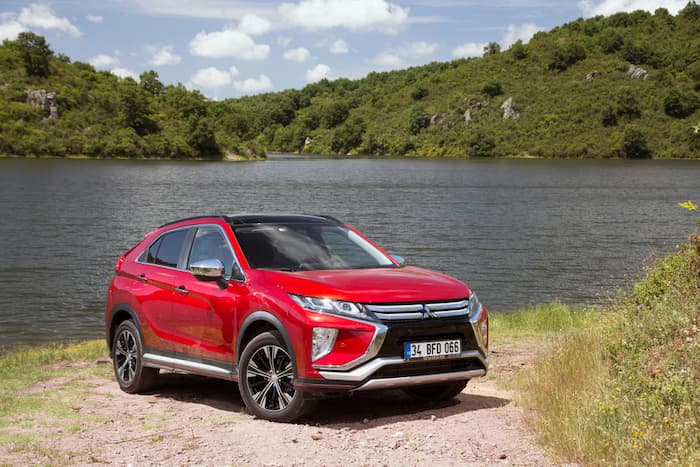
Mitsubishi was the first mainstream brand to bring plug-in hybrid vehicles to Australia, which gives them a rich history in the market.
Now, the Eclipse Cross hybrid offers up an efficient car with a comfortable interior.
But be prepared to pay a little bit extra for it compared to its non-hybrid alternative with a price difference of around $17,000 including on-road costs. [9]
Read a full review of the 2022 Mitsubishi Eclipse Cross Exceed from our friends at Chasing Cars.
Volvo XC60 Recharge
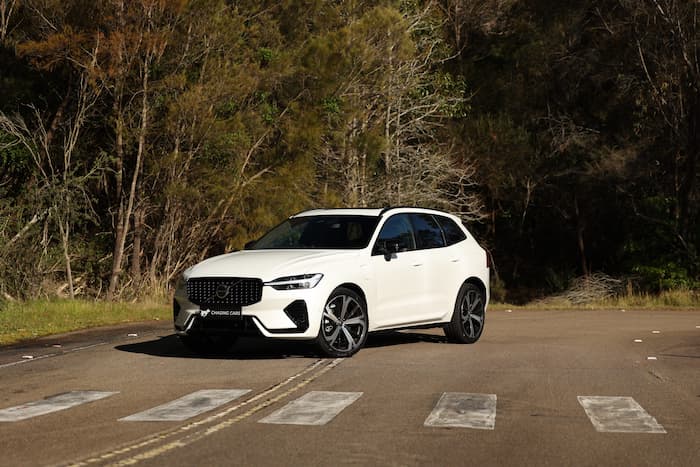
While it’s one of the more expensive options at more than $100,000 including on-road costs, the Volvo XC60 Recharge comes with plenty of benefits for a plug-in hybrid.
The Volvo XC60 Recharge was one of the most popular plug-in hybrids in Australia thanks to its great electric-only range and impressive battery power performance.
But along with the expensive upfront costs, services can be more costly. These are important considerations if you’re on a budget.
The Swedish brand has promised to offer a fully electric fleet by 2030, and the plug-in hybrid models are a good middle ground to conquer before they achieve their goal. [10]
Read a full review of the 2023 Volvo XC60 Recharge from our friends at Chasing Cars.
Toyota Yaris Cross Hybrid
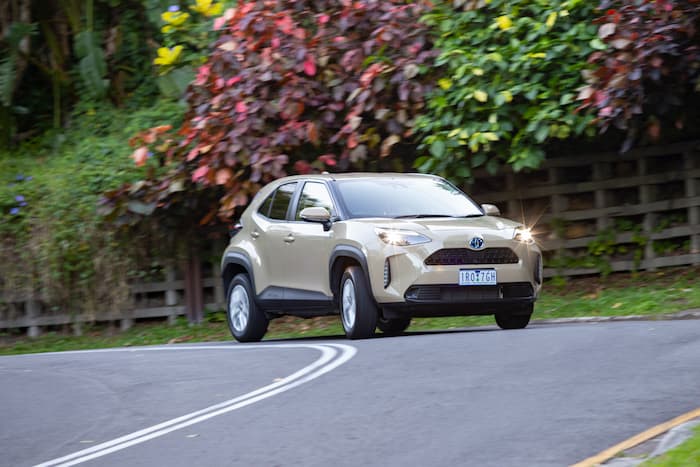
Light SUVs have been all the rage recently, with the Toyota Yaris Cross Hybrid rising up the ranks of popular cars in Australia.
Like many other Toyotas, it has great around-town fuel economy and high safety levels which makes it a fan favourite for urban drivers. [11]
But with popularity comes short supply, which means you could be waiting up to 12 months to get your hands on a brand new Yaris Cross Hybrid.
Read a full review of the 2023 Toyota Yaris Cross Hybrid AWD GXL from our friends at Chasing Cars.
MG HS Plus EV
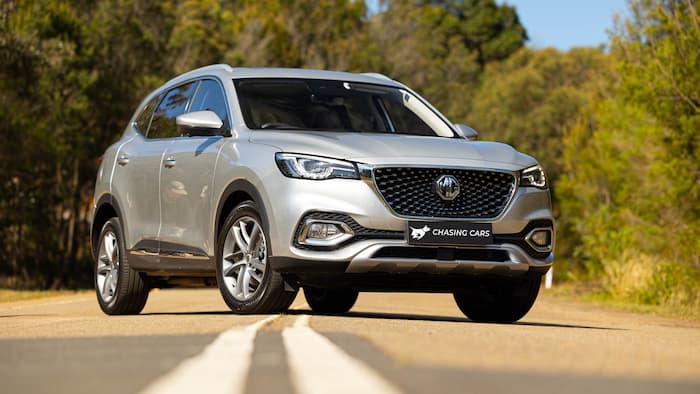
The MG HS Plus EV makes for a decent and cheaper plug-in hybrid vehicle option that comes in at just under $50,000 including on-road costs for the mid-size SUV.
It has impressive electric range as well as standard safety tech, but with a lower price comes a slightly dated infotainment system and average ride quality. [12]
But this hasn’t deterred Australian buyers with the MG HS Plus EV topping the list for the most purchased plug-in hybrid model in 2022. [1]
Read a full review of the 2023 MG HS Plus EV from our friends at Chasing Cars.
Toyota Camry Hybrid
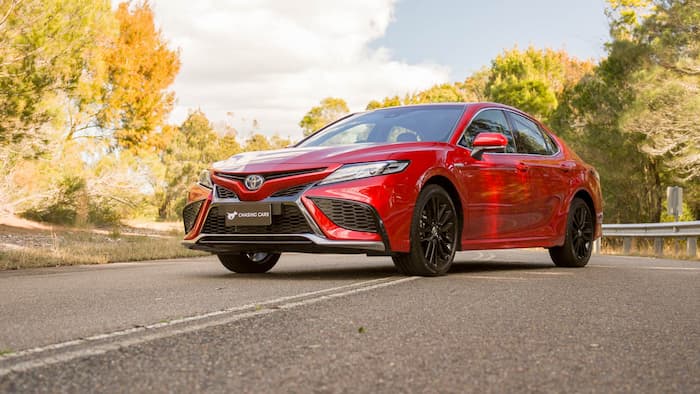
This sedan hybrid is a great option for those looking to buy a wider-bodied car that just scrapes under the $40,000 mark without on-road costs.
Although the Toyota Camry Hybrid no longer comes with the V6 engine, the battery powered fuel economy still gives you a bang for your buck.
For a classic sporty model, the four-cylinder engine might not be as fast as its V6 predecessors but the hybrid powertrain is still powerful enough with 160 kW sent to the front wheels. [13]
Read a full review of the 2022 Toyota Camry SX Hybrid from our friends at Chasing Cars.
Mitsubishi Outlander Plug-in Hybrid Aspire
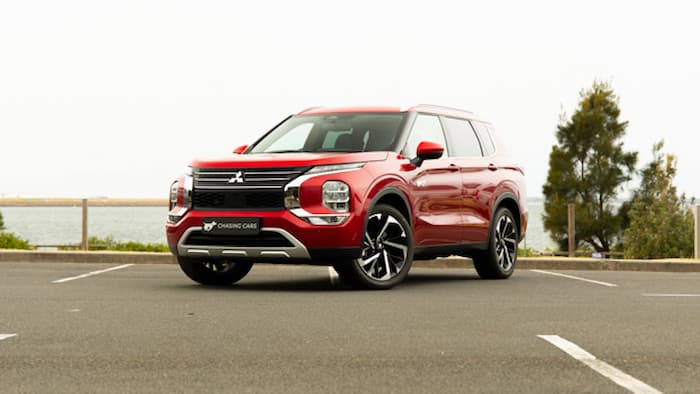
The Mitsubishi Outlander has long been a popular choice for Australian drivers, and the plug-in hybrid version has buyers just as excited.
The newer version of the Outlander saw the all-electric driving range grow by 48% from its older models to 84 km thanks to a bigger battery size of 20 kWh.
With better fuel efficiency, it becomes a cheaper plug-in hybrid option that manages to keep its luxurious aesthetic.
It does however weigh considerably more which could slow things down in the long run. [14]
Read a full review of the 2022 Mitsubishi Outlander Plug-in Hybrid from our friends at Chasing Cars.
Subaru Forester Hybrid S
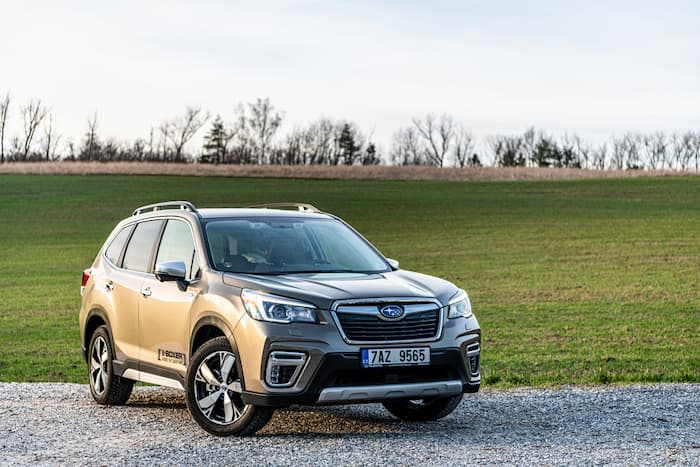
The Subaru Forester Hybrid provides worthy competition for Toyota’s popular RAV4 in the world of hybrid SUVs.
It’s an easy, comfortable drive with a practical cabin that can go further off-road than some other family SUVs.
But with practicality comes some lacklustre interior features and although the safety systems are strong, experts say they can come across as too intense. [15]
Read a full review of the 2021 Subaru Forester Hybrid S from our friends at Chasing Cars.
BMW X3 xDrive30e Hybrid
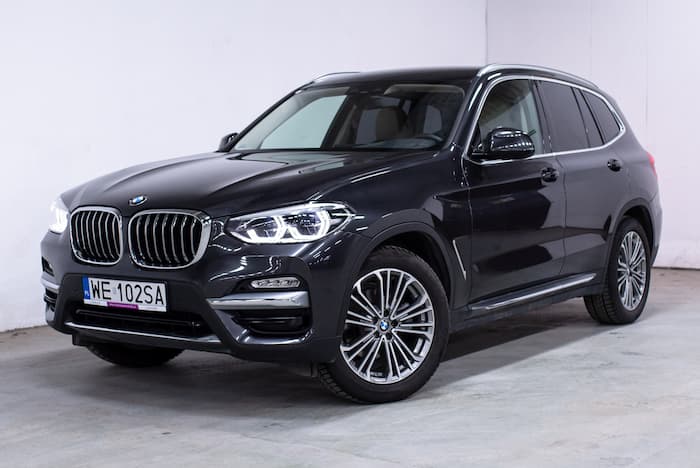
It might come at a higher price point of more than $100,000, but this luxury midsize SUV offers up a decent plug-in hybrid option.
The electric-only range would suit the daily commute around town while also providing a solid turn of speed thanks to the hybrid powertrain.
But the price tag is higher than most, so unless you take full advantage of the electric battery aspect, it could end up more expensive in the long run than a conventional vehicle. [16]
Read a full review of the 2022 BMW X3 xDrive30e Hybrid from our friends at Chasing Cars.
Key Takeaways
Hybrid and plug-in hybrids remain a good option in most cases for people looking to enter the green vehicle market.
They have the fuel economy benefits of electric motors but also keep the familiarity and range reliability of petrol or diesel alternatives.
And although they might be more expensive than conventional cars with an internal combustion engine, prices could continue to become more competitive as more models hit the market.
But the electric range, charging abilities and price can vary substantially with each model. So you should do plenty of research to find the car that suits your lifestyle before you jump behind the steering wheel of a hybrid car.



